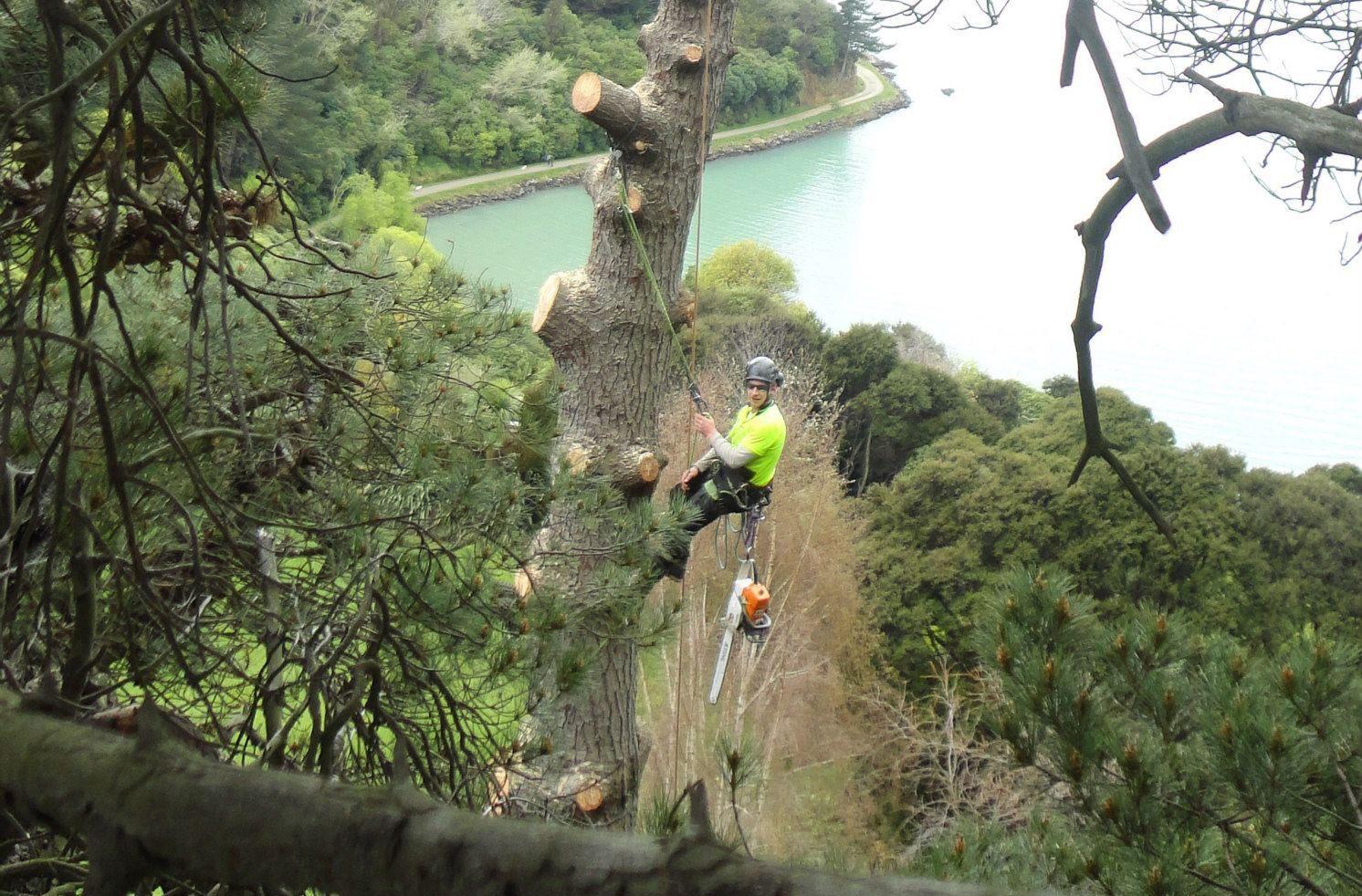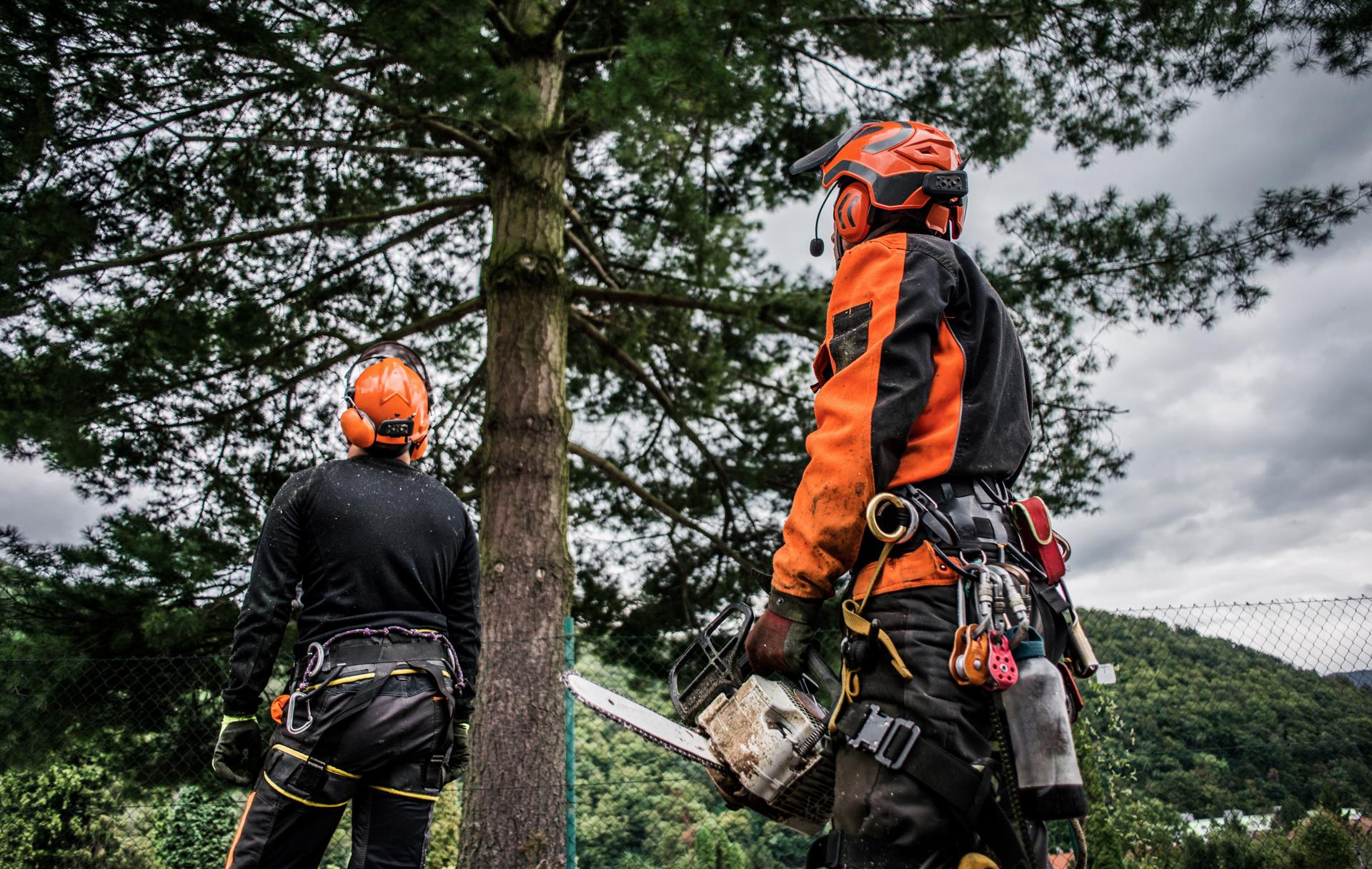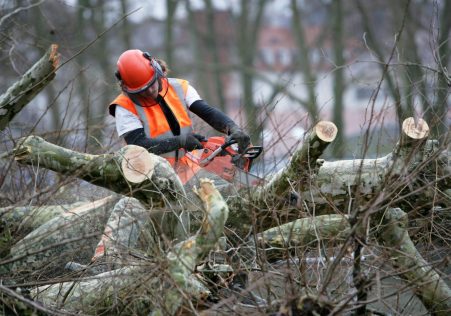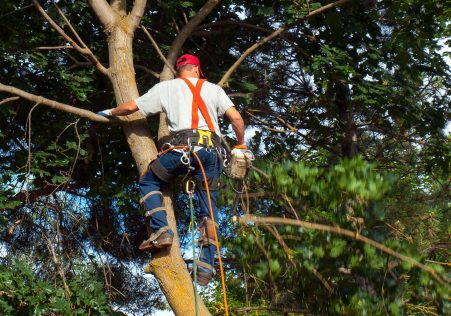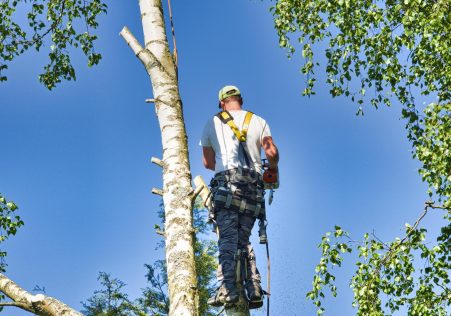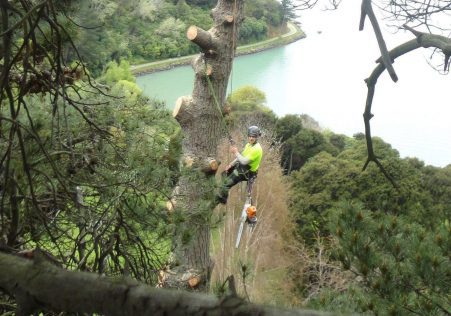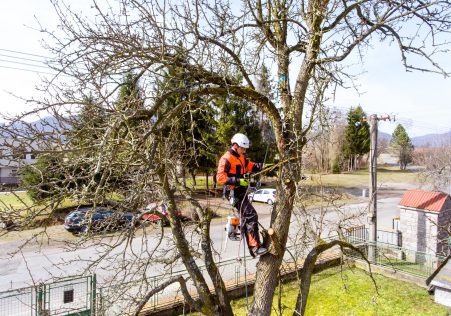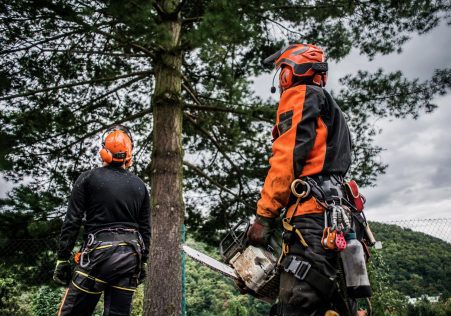How Long Will the cut Tree Roots Last?
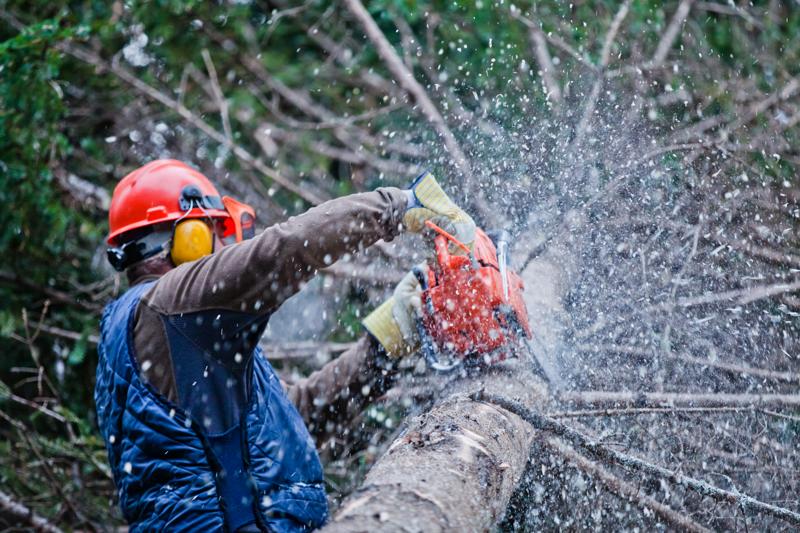
Tree removal is a necessary task for many property owners, but it’s not as easy as cutting off the branches and leaving the root to decay. Knowing the life span of the tree’s roots is essential in ensuring your removal is completed in a safe and secure manner. The article below we will explore the length of time that roots last after a tree has been cut down and answer many of the frequently asked questions regarding this subject.
How long do the tree’s roots last after cutting them down?
The life span of the tree’s roots after it has been cut down could vary widely based on the kind of the tree being cut down, size of the root, and the environmental conditions. In general, it is safe to assume that tree roots continue to exist for many years after a tree is removed. This is because the roots are capable of taking in moisture and nutrients from soil and absorbing nutrients from the soil, long after the plant is removed.
Factors that affect the longevity of Tree Roots
There are many variables that affect the life span of tree roots after a tree has been removed. Some of these include different species of trees Certain species of trees contain roots that are durable and last longer than other species. For example oak tree roots are known to last for a long time after the tree has been removed. Size of the roots The more extensive the tree’s roots are, the longer they will likely remain after the tree has been removed. This is because bigger roots are more able to absorb water and nutrients from the soil. Conditions in the soil: The kind, temperature, and moisture levels in the area where trees were removed could all impact the longevity and longevity of roots. If the soil is dry and compacted, the roots will decay faster. If the soil is well-drained and moist it will be longer lasting for the roots.
What happens to the tree Roots After Cutting Down?
When a tree is cut down, the roots will gradually begin to decay. This process may take a few years dependent on the variables discussed above. During this time the roots gradually discharge nutrients to the soil which can be beneficial for other plants within the region. Once the roots have fully decomposed, they will no longer pose a threat to surrounding structures or landscapes.
FAQs:
Can tree roots regrow after being cut down?
No, tree roots cannot regenerate after a tree has been cut down. Once the roots are removed, they slowly start to decay and not be able to growing again.
Will tree roots continue to grow after cutting down?
Tree roots aren’t going to continue to grow after a tree has been removed. But, they’ll remain alive for a number of years because they are still capable of absorption of nutrients and moisture in the soil.
Do tree roots continue to grow even after cutting down?
The roots of trees will not continue to spread after a tree is cut down. Once the tree has been removed, the tree’s roots will slowly begin to decompose and not pose a risk to the landscape or surrounding structures.
Conclusion:
In the end, the life span of tree roots after the tree is removed can be a lot according to a number of variables. Understanding the length of time the tree’s roots can last is essential to ensure that the removal process is carried out properly and safely. If you have an existing tree that requires being removed it is always best to hire a professional Northern Beaches Tree Lopping Sydney arborist to carry the task. Our highly skilled and knowledgeable arborists have the equipment and expertise to safely and efficiently remove trees, and to address any concerns regarding the durability that the tree’s roots. Call us today by phone at 1300 941 639 to schedule a consultation and find out more about our tree removal services within Northern Beaches. Do not risk damaging your property or putting yourself in danger trying to take down a tree on your own. Let the professionals at Northern Beaches Tree Lopping Sydney handle all of your tree removal needs.

